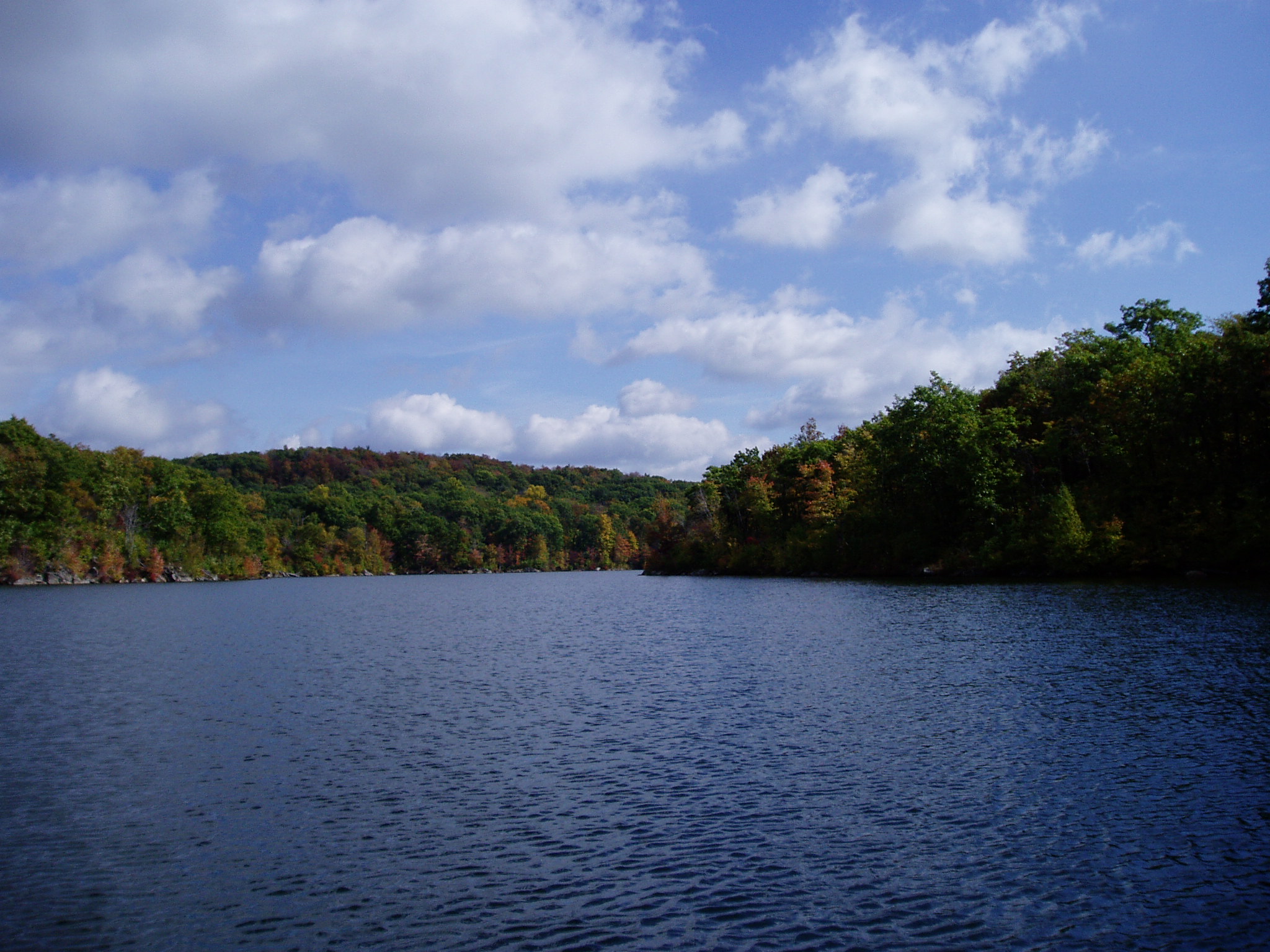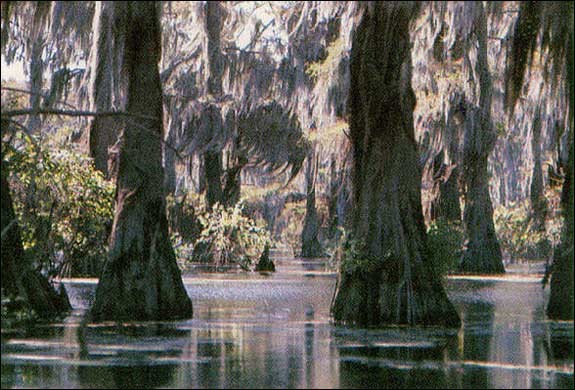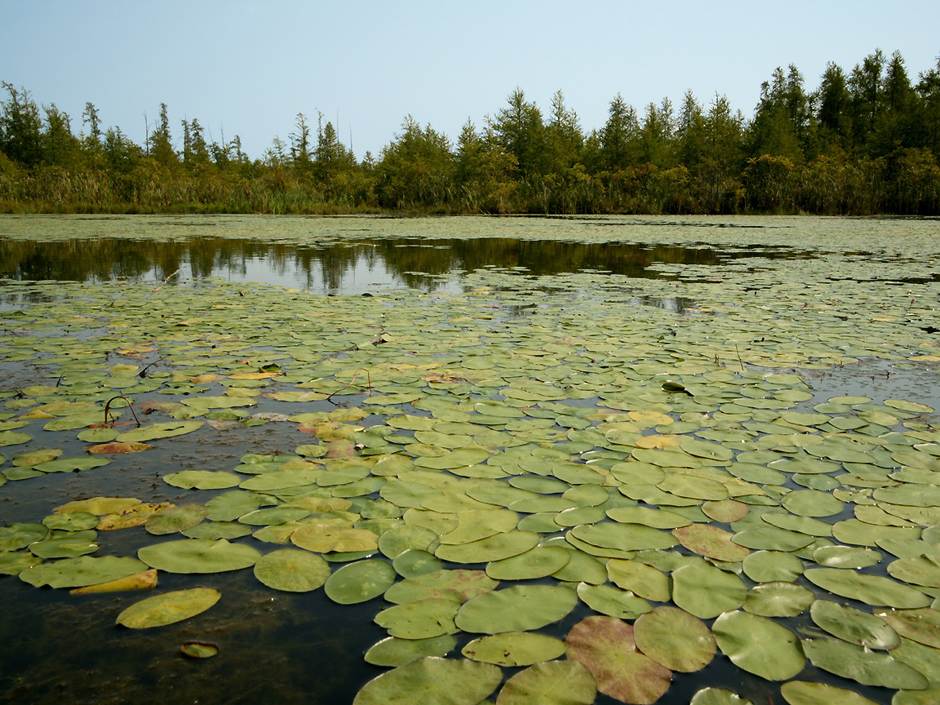The area of land where the water that is under it or that drains from it, and is carried into a larger body of water, is called a watershed. In Flower Mound, there are rivers that would go into Lake Lewisville or Grapevine. Maintaining clean and healthy watersheds allow ecosystems and habitats for fish populations to thrive. It is also much more economically efficient to keep the watersheds healthy and clean rather than trying to repair and fix them. It also is a storage for a clean water supply.
picture: http://water.epa.gov/polwaste/nps/watershed/images/streams_lakes_2.jpg
Sunday, April 21, 2013
Algae Observation Lab
The algae search lab was a really interesting lab! I enjoyed doing this lab and seeing all the organisms through the microscope. What made the lab even better from just seeing the organisms, was that all that we could see were the ones that we have been studying, so it was easy to identify the organisms.
When we took samples of just the water we were able to capture very few organisms. When we took pieces of the algae to put in the dish, we were able to see many more! Some that we could identify were the copepods and larva. When we added the organisms to the water, the turtle did not react, and we could not see that any of them had been eaten.
When we took samples of just the water we were able to capture very few organisms. When we took pieces of the algae to put in the dish, we were able to see many more! Some that we could identify were the copepods and larva. When we added the organisms to the water, the turtle did not react, and we could not see that any of them had been eaten.
3 careers, and carbon dioxide/oxygen cycle
3 Interesting Careers:
Entomology: 1 Interesting career I saw from the video was Entomology, or the study of insects and bugs. I think the main reason this career stood out to me was because I didn't know you could have a whole career specifically dedicated to the study of bugs.
picture: http://dragonflywoman.files.wordpress.com/2012/04/paltothemis-lineatipes.jpg
Guide: Another job that I found interesting was at a fish hatchery or guide. In these positions, you could take a hobby like fishing, or being on the water, a simple hobby that someone could love, and it is a paying career.
picture: http://boatinglocal.com/wp-content/uploads/2012/07/CommercialScalloper1.jpg
Plant Manager: A plant manager oversees all the plants, getting rid of any harmful or destructive plants. They also must make sure that there are no health concerns with the plants being grown.
picture: http://www.evolvingexcellence.com/photos/uncategorized/2008/01/24/sunhydraulics.jpg
In the oxygen/carbon dioxide cycle, oxygen is high during the day and low at night. Oxygen is highest during the day, when the sun is out, because of photosynthesis. When the sun is gone, and photosynthesis can not be in action, it is very low. CO2, or carbon dioxide, is high at night and low during the day because at night, it is opposite of the day time. More oxygen is used and carbon dioxide is emitted, respiration.
oligotrphic, mesotrophic, eutrophic lakes
Oligotrophic: Minimal nutrients and low plant growth
Mesotrophic: plants and nutrients level classified in between oligotrophic and eutrophic levels
Eutrophic lakes: High nutrient level and plant growth
Dealing with the ecology:
The type of lake it is in regards to the nutrients and vegetation levels, plays a huge part in a lake's ecology. To understand the relation between organisms and plants in a lake, it would be a great help to know the level of life and vegetation within the lake.
Mesotrophic: plants and nutrients level classified in between oligotrophic and eutrophic levels
Eutrophic lakes: High nutrient level and plant growth
Dealing with the ecology:
The type of lake it is in regards to the nutrients and vegetation levels, plays a huge part in a lake's ecology. To understand the relation between organisms and plants in a lake, it would be a great help to know the level of life and vegetation within the lake.
photo: http://michiganlakeinfo.com/files/2010/04/trophic-diagram.jpg
Monday, April 15, 2013
Pond and River
10 Things I learned from the video:
1. Ponds support 50% of the species
2. Rivers started our civilizations
3. Lake Victoria flows into the Nile
4. Only plants that have extremely strong roots can survive
5. mankind relies most heavily on rivers
6. 1/3 of the world's water supply is in the amazon
7. China's rivers are considered the mightiest rivers
8. around 1 million people die each year from Milaria, which is carried by mosquitos
9. Hippos are the biggest freshwater mammal
10.Lillies are the symbol of eternal life
Similarities between ponds and rivers:
-bodies of water
-freshwater
-can be man made or natural
-can be made from lakes
Differences between ponds and rivers:
-ponds: standing water
-river: running water
-Rivers: exit and entrance points, usually from lakes
River:http://www.nps.gov/ozar/planyourvisit/images/2-rivers-2.jpg
1. Ponds support 50% of the species
2. Rivers started our civilizations
3. Lake Victoria flows into the Nile
4. Only plants that have extremely strong roots can survive
5. mankind relies most heavily on rivers
6. 1/3 of the world's water supply is in the amazon
7. China's rivers are considered the mightiest rivers
8. around 1 million people die each year from Milaria, which is carried by mosquitos
9. Hippos are the biggest freshwater mammal
10.Lillies are the symbol of eternal life
Similarities between ponds and rivers:
-bodies of water
-freshwater
-can be man made or natural
-can be made from lakes
Differences between ponds and rivers:
-ponds: standing water
-river: running water
-Rivers: exit and entrance points, usually from lakes
River:http://www.nps.gov/ozar/planyourvisit/images/2-rivers-2.jpg
Pond:http://www.fcps.edu/islandcreekes/ecology/Habitat/Pond/pond8.jpg
Lentic System
A Lentic water system is a standing water system of freshwater.
Lake: body of water completely surrounded by land
http://www.nj.gov/dep/wms//bfbm/GreatGorgeLake.jpg
pond: small area of enclosed water where the sun can reach the bottom
http://www.fcps.edu/islandcreekes/ecology/Habitat/Pond/pond1.jpg
playa lake:source of irrigation
http://water.epa.gov/type/wetlands/images/playapic1.jpg
swamp: dominated by woody plants such as cedars, firs and spruces
http://www.tpwd.state.tx.us/publications/pwdpubs/pwd_bn_w7000_0120/images/lrg_bald_cypress_swamp.jpg
marsh: characterized by soft stemmed herbaceous plants like cattails
http://www.sonomaopenspace.org/imgManager/1000000182/petaluma_marsh.jpg
bog: develop in poorly drained areas, characterized by everygreen trees, shrubs,and moss
http://www.richard-seaman.com/USA/States/Illinois/VoloBog/VoloBog.jpg
reservoir:man made lakes
http://www.usbr.gov/mp/sllpp/images/san_luis_reservoir.jpg
Lake: body of water completely surrounded by land
http://www.nj.gov/dep/wms//bfbm/GreatGorgeLake.jpg
pond: small area of enclosed water where the sun can reach the bottom
http://www.fcps.edu/islandcreekes/ecology/Habitat/Pond/pond1.jpg
playa lake:source of irrigation
http://water.epa.gov/type/wetlands/images/playapic1.jpg
swamp: dominated by woody plants such as cedars, firs and spruces
http://www.tpwd.state.tx.us/publications/pwdpubs/pwd_bn_w7000_0120/images/lrg_bald_cypress_swamp.jpg
marsh: characterized by soft stemmed herbaceous plants like cattails
http://www.sonomaopenspace.org/imgManager/1000000182/petaluma_marsh.jpg
bog: develop in poorly drained areas, characterized by everygreen trees, shrubs,and moss
http://www.richard-seaman.com/USA/States/Illinois/VoloBog/VoloBog.jpg
reservoir:man made lakes
http://www.usbr.gov/mp/sllpp/images/san_luis_reservoir.jpg
Observations
Good observations are made up of detailed facts, they are not opinions or refutable theories. Making great observations are a big part of our freshwater projects. They help understand how the animals live and behave, eat, and interact both with other fish or animals, and their environment. It is an important scientufic inquiry bcause it allows you to further understand your aquatic environment and animal. After looking at one of the tanks for 5 minutes, we observed the way that the fish swim, some of the more dominant fish, the fish that liked to hide in the props in the tank, how they swam together and even just simply what the fish looked like.
Subscribe to:
Posts (Atom)


















